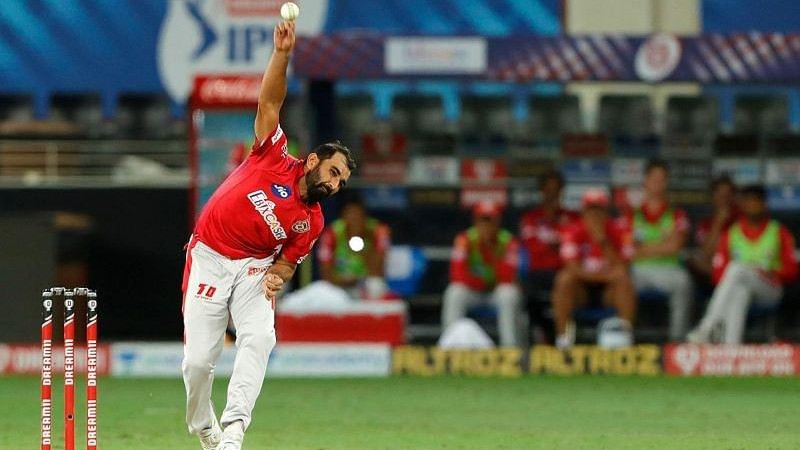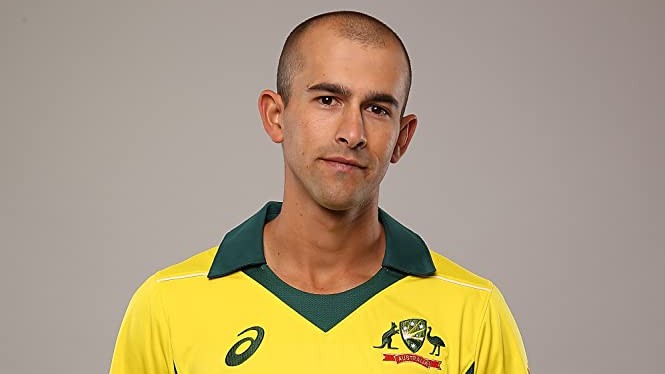 At the height of lockdown, I happened to read Aakash Chopra’s “Numbers Do Lie”. The impact index book, as I called it, focused primarily on performances that influenced results and went about acknowledging cricketers who didn’t quite make the headlines despite them.
At the height of lockdown, I happened to read Aakash Chopra’s “Numbers Do Lie”. The impact index book, as I called it, focused primarily on performances that influenced results and went about acknowledging cricketers who didn’t quite make the headlines despite them.
While conceptually limited in its nature — the impact model emphasized only on contributions in victories and didn’t recognise valiant performances in defeats — the book gained me in empathy for the stories it featured and the cricketers they involved.
Besides, it cultivated in me a habit I didn’t have before. It made me a regular ‘statsguru' visitor over ESPNcricinfo. Over two months, reading a chapter a day, I didn’t just take interest in the players the book mentioned or the way their case was presented, but also a wider range of cricketers and their records. The details of a lot of these were then shared through my Twitter handle.
In Amit Mishra’s case, his wasn’t shared out of inspiration from the book or a sudden eagerness. I was watching Gaurav Kapoor’s YouTube show, “Isolation Premier League”, where during an episode, a number of Mishra’s fascinating IPL records were brought to light again in humourous fashion through the questions that were asked of him.
While watching, a part of my mind recounted images of various moments involving the willy leg-spinner. Him taking five-fer on Test debut, hat-tricks in IPL, that Zimbabwe tour, 2014 World T20 and with the bat, his saviour act in Ahmedabad along with Tendulkar, the one they nearly repeated year later against a more robust attack in more challenging conditions at The Oval.
But I hadn’t looked at Mishra’s numbers to realise his true worth and think that he deserved better. Until I did.
In 36 ODIs, Mishra took 64 wickets at an average of 23.60, delivering his overs with an economy of 4.72. 24 of those games came against traditional top 8 sides, where 41 scalps were bagged at a marginally higher rate: average of 25.14, economy rate 4.81. Mishra bowled 9.30 overs (approx) per outing; rarely being one the captain had to make up the quota for. Among fellow India specialists who bowled in at least 5 of those 24 ODIs with Mishra, no spinner came close to matching his numbers.
Mishra’s T20I career for India was limited to just 10 outings. A baffling fact, considering not just what he did in those limited opportunities, but also his IPL feats. He took 16 wickets at only 6.31 runs per over for India to go with 160 wickets at 7.34 across 150 IPL innings. Mishra only played one T20 World Cup despite his IPL exploits. In that tournament in Bangladesh, his 10 wickets at 6.68 per over were integral to India’s run till the final.
When I mentioned these facts over Twitter, through response it was reiterated to me that for Mahendra Singh Dhoni, India’s white-ball captain from 2007 to 2016, a period that coincided with majority of Mishra’s peak, control was a big factor. On flat pitches, Dhoni wanted his spinners to provide him control and was willing to sacrifice pure wicket-taking in that quest. A compromise he probably felt he didn’t have an option against, keeping in mind the lack of fast bowling riches at his disposal.
Only 16 of Mishra’s 36 ODIs and 7 of his 10 T20Is came under Dhoni’s long tenure. Dhoni loved captaining finger-spin and post the 2011 World Cup, when Harbhajan Singh and Zaheer Khan declined, he got a combination that served his ways commendably.
Ravichandran Ashwin and Ravindra Jadeja played 63 ODIs and 29 T20Is together under Dhoni’s captaincy. Their averages in these games weren’t the greatest. But to Dhoni’s interest, was the fact that they both went at less than 5 per over in ODIs and, an even better, below 7 in T20Is. Especially, as none of his pacers offered him, that key word again, ‘control’. Dhoni won’t contest that Ashwin and Jadeja were his saviours.
Yet, either side of the 2013 Champions Trophy where they peaked as a combination and moments of spark through India’s run at the 2015 World Cup, when Dhoni’s biggest weapons were marginalised through surfaces abroad, his preferred strategy left him hopeless, as even India’s batting then approached every over with the pressure of either putting an above par score on the board or they were chasing one themselves.
India lost 21 of the 34 ODIs they played in and against England, Australia, New Zealand and South Africa under Dhoni’s captaincy post the 2011 World Cup. In these games, both Ashwin and Jadeja struggled on all fronts and couldn’t help Dhoni cover for his pacers. India were miserable in that period and with reason.
Apart from the truest possible decks, both Ashwin and Jadeja were perhaps fighting a lost cause with one major shift in ODI cricket. They were able to manage on drier surfaces at home, but abroad, two new balls at each end and only four fielders outside the 30-yard circle from overs 11-40, made the task nearly impossible. The rest of the world had responded to this change from the time ICC introduced it back in October 2012, India didn’t. One would think, whatever Ashwin and Jadeja achieved under Dhoni, came against odds.
Wrist-spinners don’t have that problem. In fact, the tweak in playing conditions enabled their resurgence. Wrist-spin, with the ball threatening both sides of the edge irrespective of the kind of batsmen, even if not always providing control, was the only way left for sides to restrict and dislodge the rampaging batsmen in ODIs. The fascinating art, aided by the diminishing quality of defensive batsmanship, was bound to not just survive but flourish under new rules.
One wonders, when India were suffering one loss after another in that period, didn’t Dhoni at any stage reconsider his ways? Either way, the feeling that India weren’t any better for their Champions Trophy win was unavoidable.
Amidst all that, Mishra remained the unfortunate one. For Dhoni, he was always below in the pecking order. Mishra’s last ODI series was also Dhoni’s last as India captain, back in October 2016 when, in a long home Test season, the selectors choose to rest Ashwin and Jadeja against New Zealand. On the verge of a series loss, Mishra’s five-fer in the decider helped India avoid embarrassment. He helped Dhoni end on a winning note.
Mishra, however, never played another ODI despite the imminent change at the helm and the fundamental shift that Virat Kohli’s takeover embodied. He perhaps couldn’t adjust to the fitness standards that Kohli so inspirationally wanted established within his set-up. Soon, Ashwin and Jadeja were dispensable to Kohli’s cause. He embraced the combo of Kuldeep Yadav and Yuzvendra Chahal with open arms. The fact that India now possessed better overall pace unit, may have only helped Kohli not thwart the middle-overs risk. India now took more wickets through their innings and consequently, won more regularly in all conditions. A younger Mishra might have found a way to fit into Kohli’s plans and elongated his team’s success. But that’s life.



